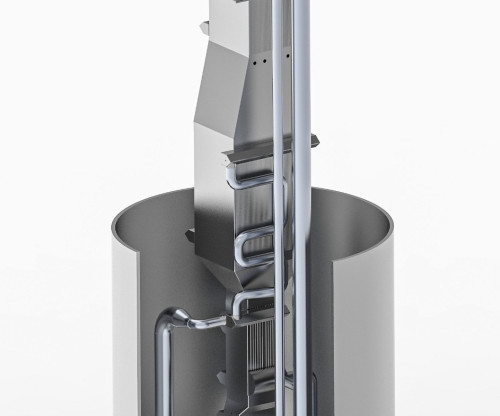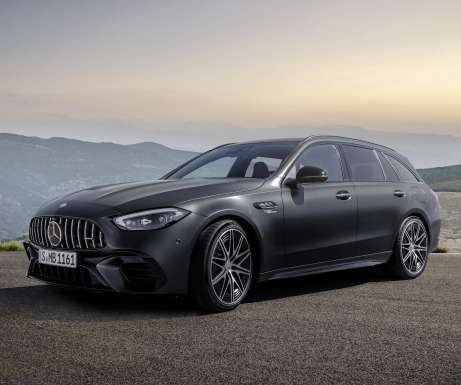Fraunhofer researchers developing ammonia-based systems for mobile energy in infrastructure, transportation and industry
Green Car Congress
FEBRUARY 24, 2023
Researchers at the Fraunhofer Institute for Microengineering and Microsystems IMM are developing ammonia-based systems for a mobile, decentralized energy supply in the infrastructure, transportation and industry sectors. In comparison to hydrogen, liquefied ammonia makes it easier to transport large volumes to wherever it is needed.


































Let's personalize your content